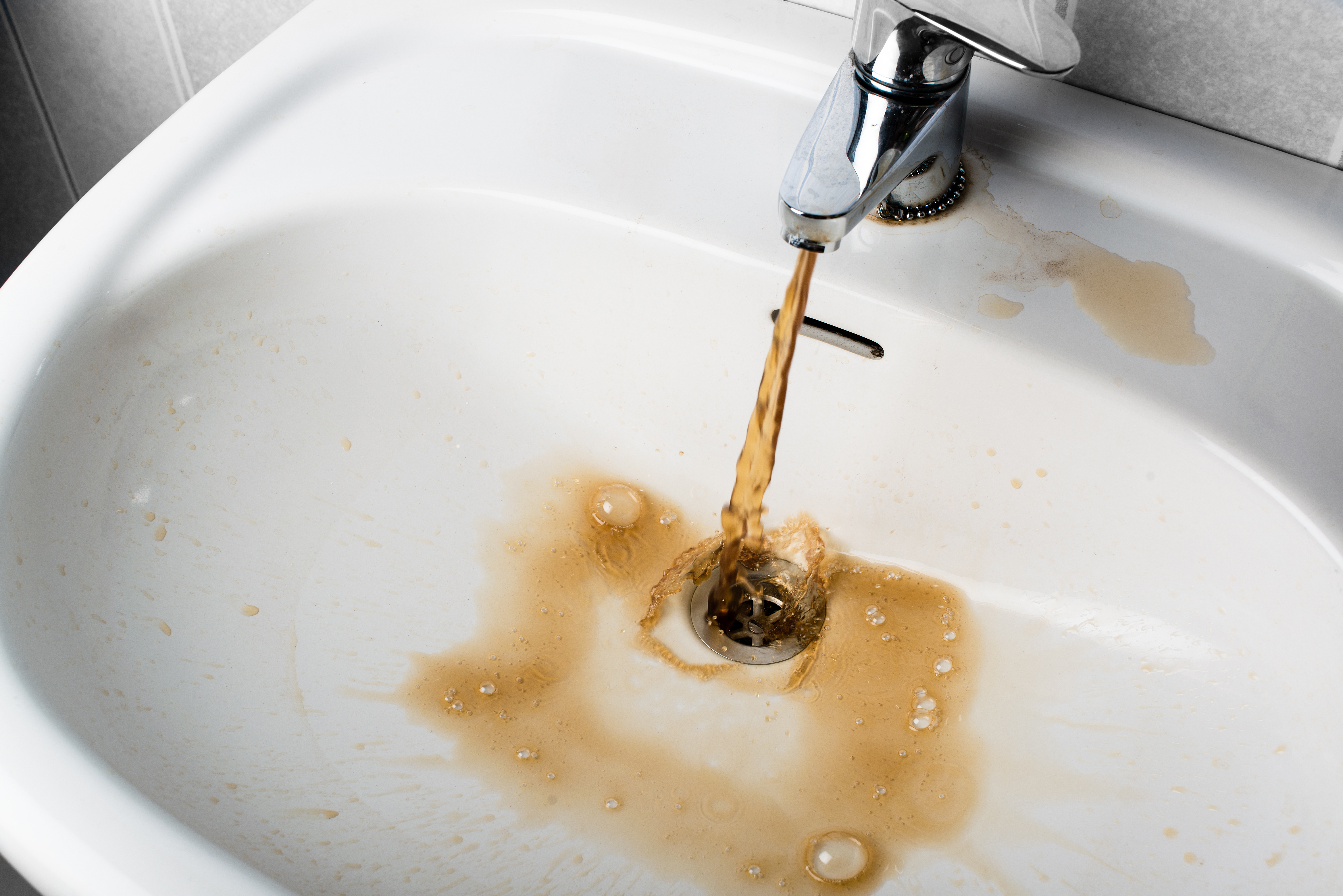How many times a week do you use hot water? Most households use hot water every day to shower, wash clothes, clean dishes, and more. Your water heater is a key part of day-to-day living and a system that requires maintenance to ensure it runs safely and efficiently.
With this guide, you’ll learn how a tankless water heater works and what you can do to keep your hot water flowing.
Intro to tankless water heaters
What is a tankless water heater? A tankless water heater provides you with hot water on demand throughout your home, plus the ability to use hot water for much longer. Instead of having a tank of water that is continuously heated to maintain proper temperature, tankless versions heat water instantly, helping you save on energy costs and maintenance costs associated with electric or gas water heaters.
Tankless water heaters are also known for the following benefits:
- Saving space, so it can be installed in a wider range of locations in your home
- Using less energy to heat water, helping you stretch your household budget
- Minimal maintenance requirements, making it easier to look after
- Approximate 20-year lifespan, roughly twice that of storage tank water heaters

Gas versus electric tankless water heaters
Most tankless water heaters need electricity to run, but gas models use electricity as well as gas to heat your water quickly.
Before you get started, determine which kind of tankless water heater you have in order to know how to care for your unit. Once you’ve identified which water heater you have, you can begin maintenance, which can be done as little as once a year!
Which kind of tankless water heater do I have?
If your tankless water heater uses gas, there should be an exhaust pipe or pilot light on top. Most electric tankless water heaters do not have a pilot light or an exhaust pipe, but many have a heavy-duty cord attached to it.
Pro Tip: Regardless of the type you have, keep your water heater set between 120°F and 135°F to prevent bacterial growth without risking scalding or being less energy efficient.
When should I take care of my tankless water heater?
Your tankless water heater needs some TLC at least once a year, especially if you notice any of these signs it needs repair.
- Cloudy or rusty water
- Low water pressure
- Loud noises coming from the water heater
- Rapidly changing water temperature
- Water pooling under the water heater

Maintenance tips for your tankless water heater
Maintaining your tankless hot water heater can help you save on energy bills and the high cost of replacing your unit – plus, you can keep it in optimal shape in 90 minutes or less. Follow these steps to take care of your tankless water heater so it can take care of you.
What you’ll need to clean your unit
Before we get started, make sure you have these items at the ready:
- Two flush hoses
- One submersible pump
- Descaler or 4 gallons of white vinegar, undiluted
- Plain water
- One 5-gallon bucket
- Recirculation pump
Pro Tip: Your local hardware store may have flush kits available to help you simplify the process.
How to clean your tankless water heater
It’s time to give your unit a full clean, inside and out. Refer to your owner’s manual for any questions you may have regarding your specific model.
- Step 1: Disconnect the electricity. If you have a gas unit, also turn off the main gas supply valve.
- Step 2: Close all the unit’s main water valves. Blue is typically for the cold water valve going in, and the red valve is usually the hot water valve for water going out.
- Step 3: Take off the valve caps covering each purge port (the hose connections used to access the unit for it to be serviced) and attach the flush hoses
- Step 4: Use the recirculation pump to run the vinegar through the water heater to remove any mineral deposits. Run plain water through the water heater and pump afterward to clear everything out.
Cleaning out your water heater’s water filter
Many water heaters come with a sediment trap. Now is an ideal time to take out this filter and remove anything it has collected with a microfiber cloth and warm, soapy water, leaving it clear and ready to keep more sediment out of your home’s water.
Cleaning out your water heater’s air filter
Check your unit’s air filter and clean it with the water filter instructions above. Unlike the water filter, however, make sure your air filter is completely dry before placing it back in your tankless water heater.
Wiping down your water heater’s tank
After cleaning your tankless water heater’s interior, it’s time for the exterior to match. Once you’ve inspected your unit’s tank for rust, leaks, and anything missing or out of place, take a microfiber cloth damp with warm, soapy water and gently wipe the outside of the tank, avoiding contact with any electrical or other sensitive components.
Pro Tip: If at any point you notice something is out of place, making unusual noises, or in need of immediate attention, stop maintenance and call a local professional.
How to wrap up your tankless water heater cleaning
With the other steps taken care of, take the flush hose off the cold water purge port and close it. Open the cold water shut-off valve to drain out any residual vinegar before closing this valve and letting the water continue to drain. Then, remove the flush hose from the hot water purge port before closing that side as well.
Once you’ve finished the last steps of cleaning and maintenance, reset the system by reopening the valves and reconnecting the electric (and gas). You did it! You’ve saved yourself buckets of money, energy, and time, and putting this guide into practice means you can help your hot water system last for years to come.
How does it feel to know you can do this yourself? Visit us on Facebook, LinkedIn, Twitter or Instagram to tell us your thoughts!

